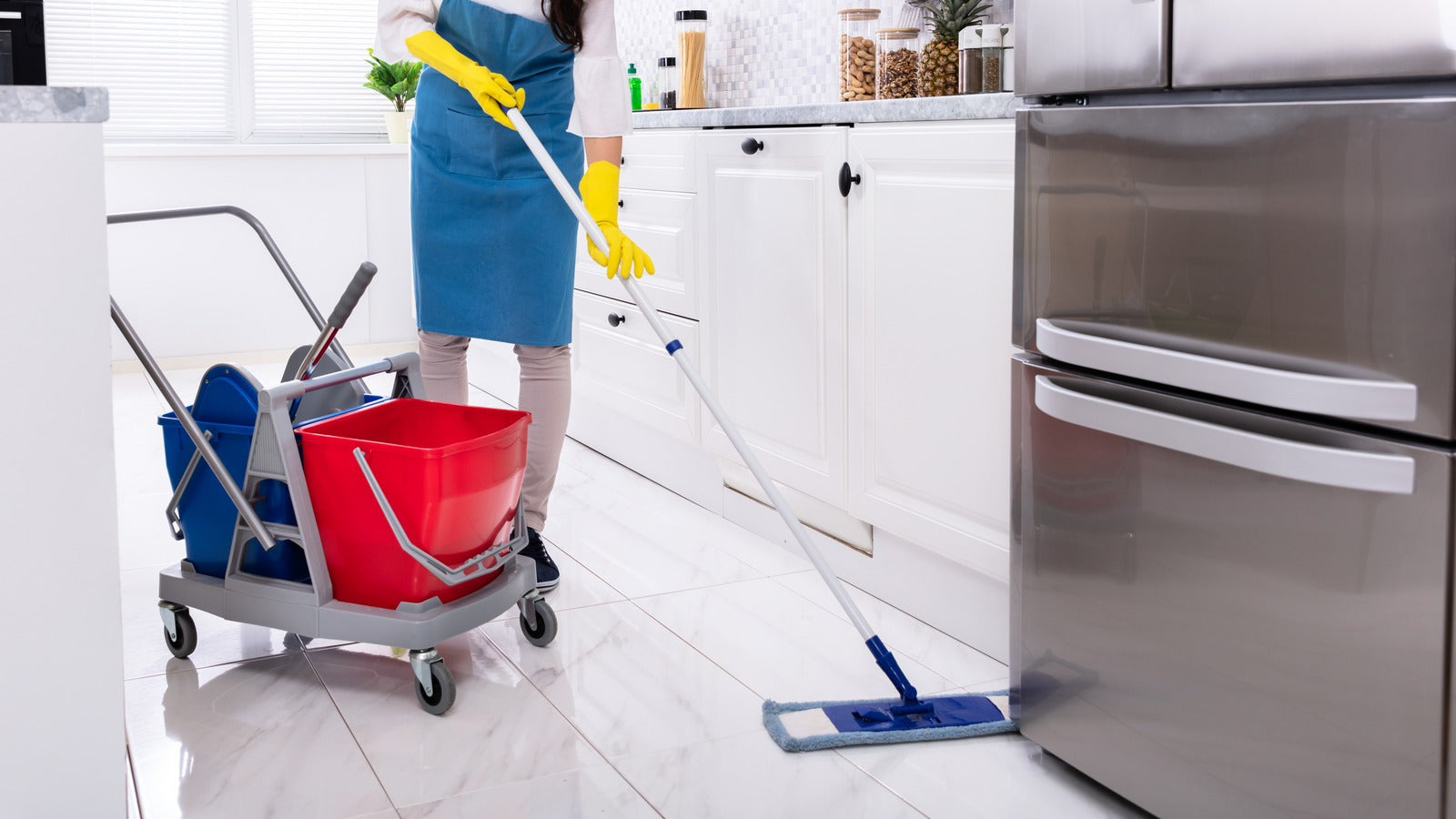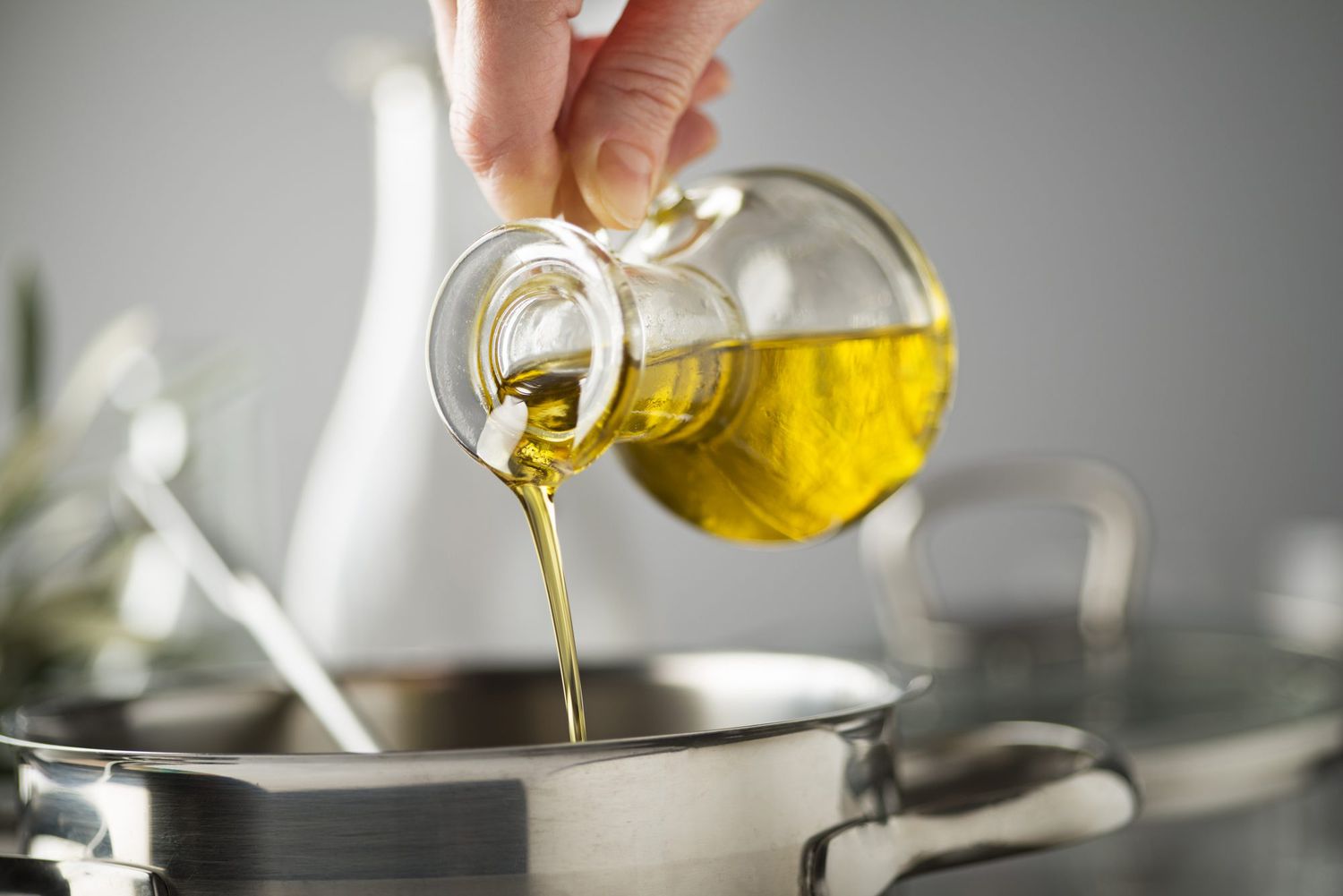Keeping your kitchen floor tiles spotless is essential for a hygienic and attractive cooking area. Whether you're a professional chef or a home cook, learning how to clean kitchen floor tiles properly can make a world of difference. In this article, we'll share some top tips and techniques to help you achieve immaculate kitchen floors.

Importance of Cleaning Kitchen Floor Tiles
Kitchen floor tiles are subjected to heavy foot traffic, spills, and stains. Regular cleaning is not just about maintaining their look but also about preventing dirt and bacteria buildup. Clean tiles contribute to a healthier cooking environment and can extend the lifespan of your flooring.
Why Regular Cleaning is Necessary
Dirt and grime accumulation can make tiles appear dull and worn. Additionally, some spills, if ignored, can lead to permanent stains or damage. Regular cleaning keeps these issues at bay and ensures your kitchen remains fresh.
For more detailed insights on the importance of regular cleaning, visit this extensive guide.

Materials Needed for Cleaning
Before starting the cleaning process, ensure you have all the necessary materials:
- Broom or vacuum cleaner
- Mop or microfiber cloth
- Bucket of warm water
- Mild detergent or tile cleaner
- Grout brush or old toothbrush
- Baking soda and vinegar (for tough stains)
Choosing the Right Cleaning Products
It's important to select cleaners that are suitable for your specific type of tiles. Natural stone tiles, for example, may require specialized cleaners to avoid damage. Always read the labels to ensure the products are safe for your flooring type.

Step-by-Step Guide to Cleaning Kitchen Floor Tiles
1. Sweeping or Vacuuming
Start by removing any loose dirt or debris. Use a broom or a vacuum cleaner to clear the surface of particles that can scratch the tiles during mopping.
2. Mopping with Warm Water and Detergent
Prepare a mixture of warm water and a mild detergent or a specific tile cleaner. Dip your mop or microfiber cloth into the solution and mop the floor thoroughly. Avoid using excessive water, as it can seep into the grout and cause mold growth.
3. Tackling Tough Stains
For stubborn stains, create a paste using baking soda and water. Apply the paste to the stained area and let it sit for a few minutes. Scrub gently with a grout brush or an old toothbrush, then rinse with clean water.
4. Cleaning the Grout
Grout lines can harbor dirt and bacteria, making them look unsightly. Use a mixture of baking soda and vinegar or a specialized grout cleaner. Apply the mixture to the grout lines, scrub with a grout brush, and rinse thoroughly.

Maintaining Clean Kitchen Tiles
Daily Maintenance Tips
To keep your kitchen floor tiles looking their best, consider implementing these daily maintenance tips:
- Wipe up spills immediately to prevent stains.
- Use mats or rugs in high-traffic areas to reduce wear and tear.
- Sweep or vacuum daily to remove loose dirt and debris.
Weekly Deep Cleaning
In addition to daily maintenance, perform a more thorough cleaning once a week. This includes mopping with a suitable cleaner and addressing any stains or grout issues that may have developed.
Choosing the Right Tiles for Easy Maintenance
If you're considering a kitchen remodel, selecting the right tiles can make future maintenance more manageable. Opt for tiles that are known for their durability and ease of cleaning, such as porcelain or ceramic.
Durability and Stain Resistance
Porcelain and ceramic tiles are popular choices for kitchens due to their durability and resistance to stains. These tiles are also less porous, making them easier to keep clean.
Textured vs. Smooth Tiles
While textured tiles can provide better traction, they can also trap dirt more easily. Smooth tiles are generally easier to clean but may be more slippery when wet. Consider your specific needs and preferences when selecting tile textures.
FAQs
How often should I clean my kitchen floor tiles?
It's recommended to sweep or vacuum daily and mop at least once a week. Address spills and stains immediately to maintain the tiles' appearance and hygiene.
Can I use bleach to clean my kitchen floor tiles?
While bleach can be effective for cleaning grout, it may be too harsh for certain types of tiles. Always check the manufacturer's recommendations before using strong chemicals on your tiles.
What is the best way to clean grout lines?
A mixture of baking soda and vinegar or a grout-specific cleaner works well for cleaning grout lines. Apply the mixture, scrub with a grout brush, and rinse thoroughly.
As an Amazon Associate, I earn from qualifying purchases.
For more tips on maintaining a clean kitchen, visit this external guide.






Leave a comment
This site is protected by hCaptcha and the hCaptcha Privacy Policy and Terms of Service apply.